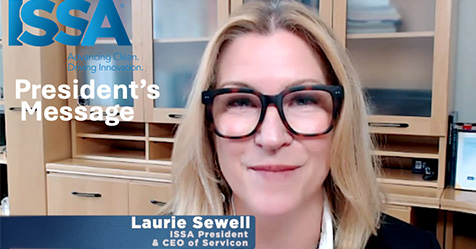Health Care Facilities Admit They Lack Some Environmental Hygiene Policies
Global survey finds 98% of facilities are neglecting to follow all WHO-recommended protocols
Despite a worldwide pandemic putting a spotlight on infection control, almost all the health care facilities participating in a global survey reported their cleaning protocols lack at least one health care environmental hygiene (HEH) practice recommended by the World Health Organization (WHO).
Results of the survey, published in the American Journal of Infection Control, provide an overview of the strengths and challenges associated with HEH practices in facilities around the world. The study researchers will use the findings to enhance a self-assessment tool to help facilities benchmark and improve their HEH.
HEH, an important component of infection prevention and control, involves the cleaning of hospital rooms surfaces. It is reliant on multiple factors, including adequate cleaning products and supplies; best practices-based protocols; training, education, and quality control; and the institution’s safety climate. Departments responsible for HEH face numerous challenges, including limited budgets, an unstable workforce, and a lack of access to safe and effective products.
Study participants—51 health care facilities from 35 countries—answered a 39-question survey evaluating the strengths, challenges, and improvements of their HEH programs. Overall, 98% (50 out of 51) lacked in some or all of the five components of the WHO-recommended infection prevention and control improvement strategy. The survey also found:
- 71% of respondents felt that their facility gave enough importance to HEH and 47% felt that the budget allocated for cleaning and disinfection was adequate.
- 67% reported that necessary HEH products and supplies were always available, 27% said they were sometimes available, and 6% said they were never or rarely available. Among the 90% that reported HEH equipment and supplies were available, 16% could still not perform adequate sterilization because equipment was not in good working condition.
- Just over 50% reported that their protocols were based on best practices and updated regularly.
- Only 22% provided or required (if staff was outsourced) formal HEH training upon hiring; 28% did not provide or require any formal training at all.
“We were surprised to find that 98 percent of the facilities participating in our survey were majorly lacking in one or more of the World Health Organization’s multimodal improvement strategies for infection prevention and control practices,” said Alexandra Peters, Ph.D., University of Geneva, Switzerland, a study author. “This survey suggests that challenges with key components of HEH, including staff education and training, workplace culture, and access to adequate products and equipment, remain ubiquitous regardless of geography or income level. These results reinforce the need for a self-assessment tool to help health care facilities worldwide identify HEH challenges and necessary resources.”


